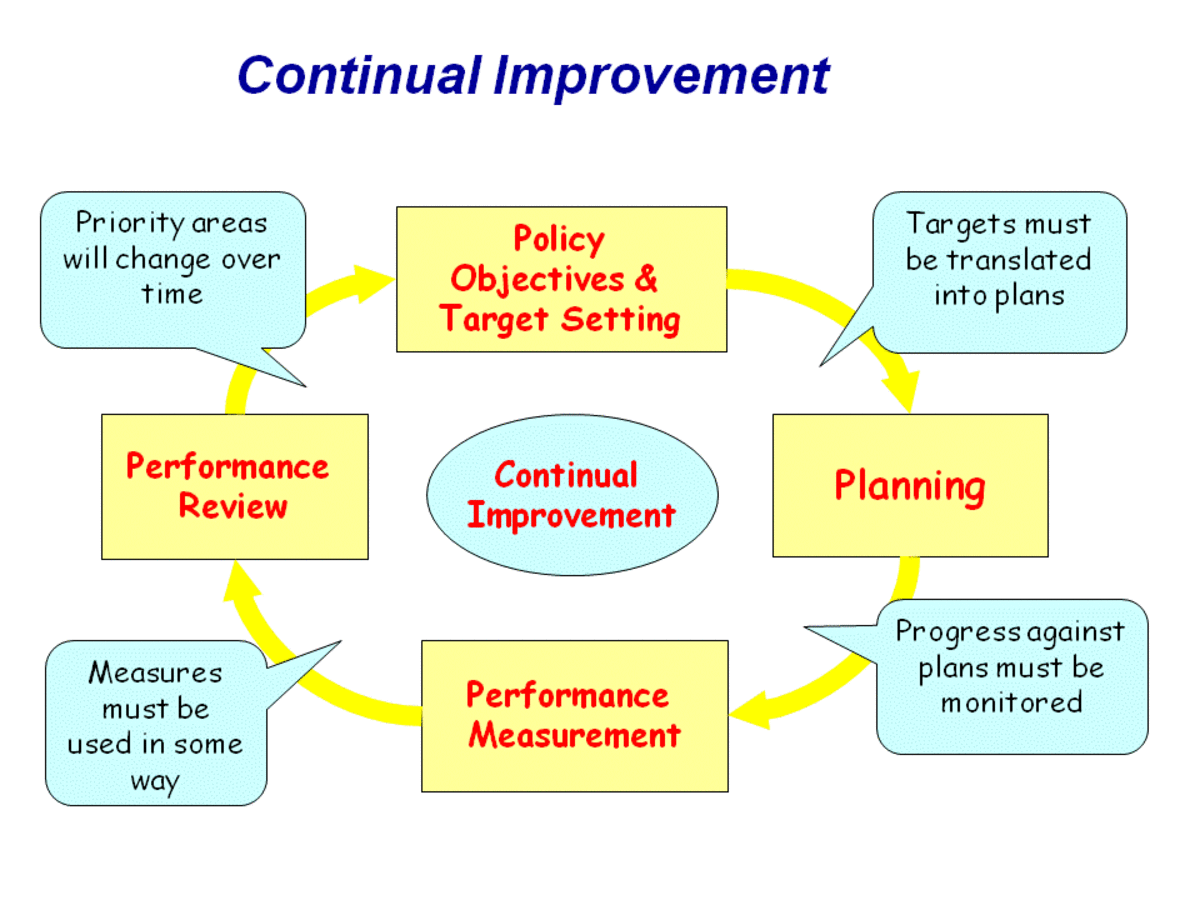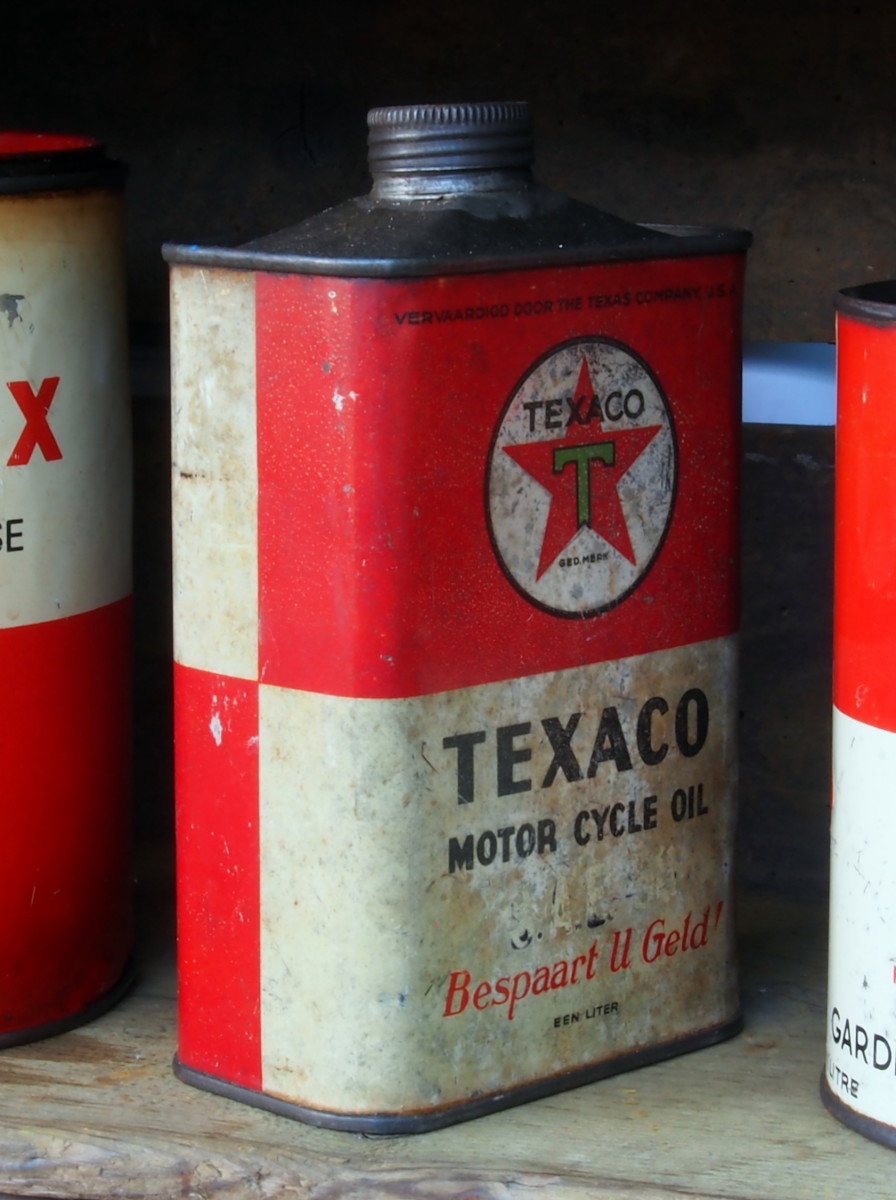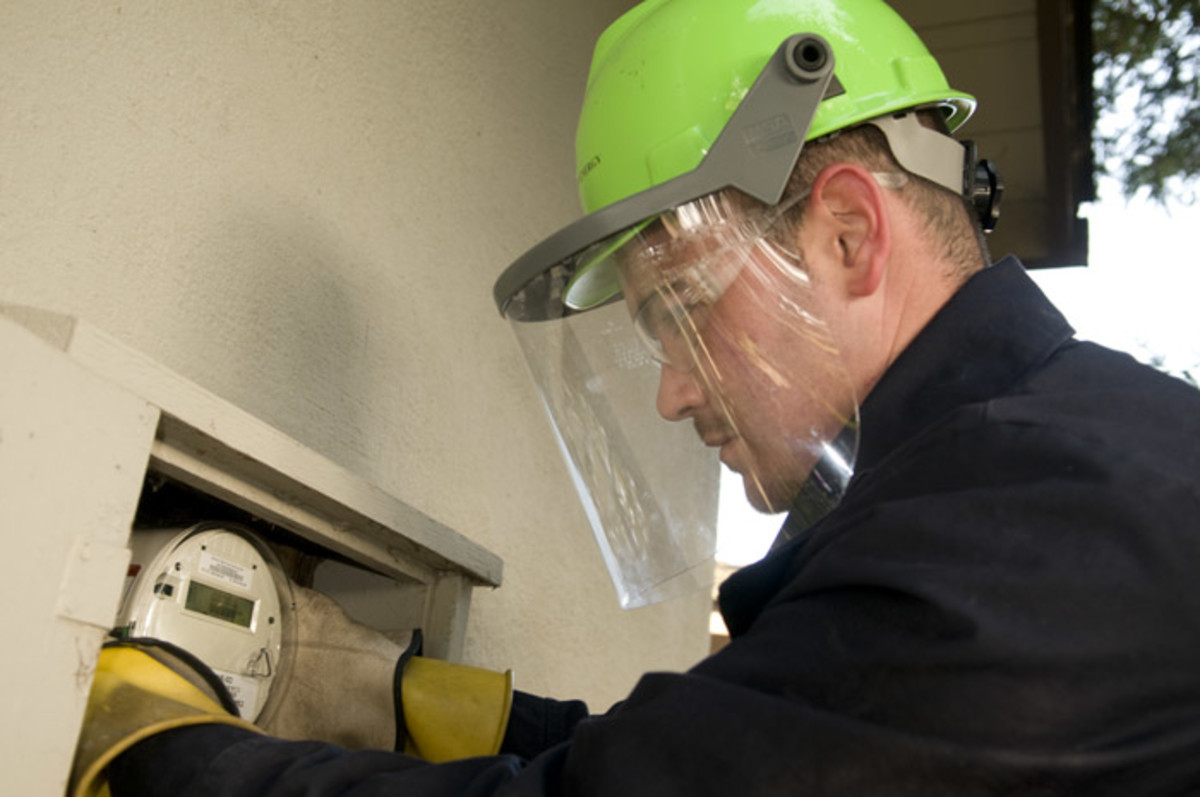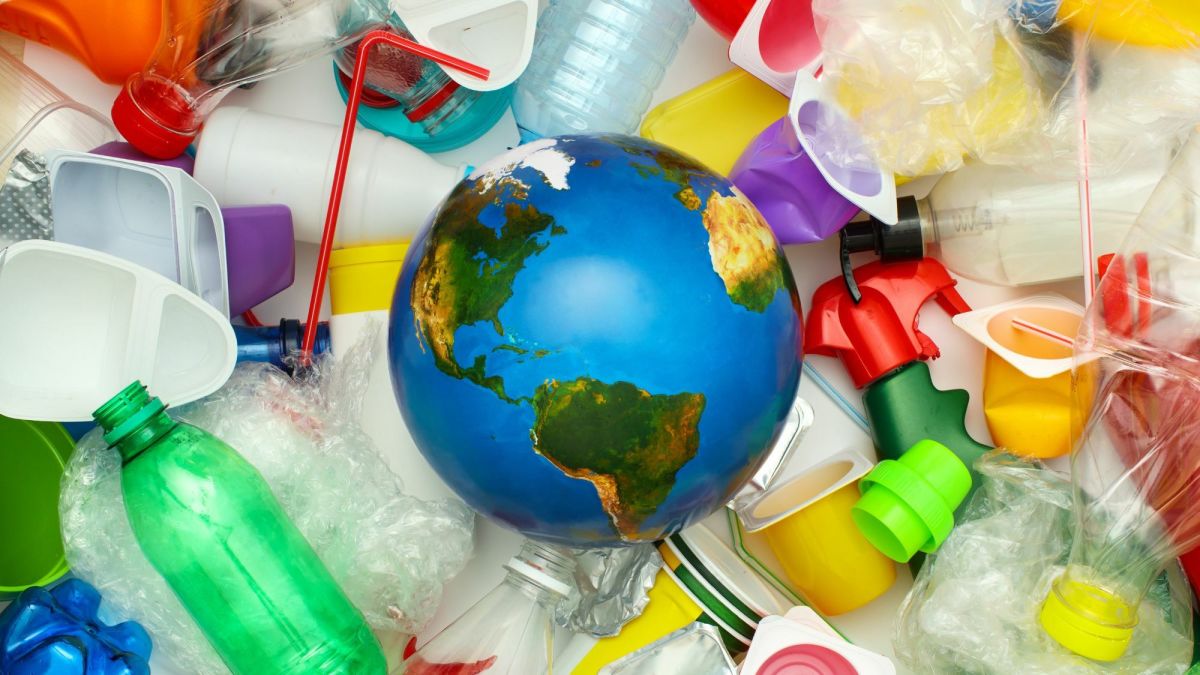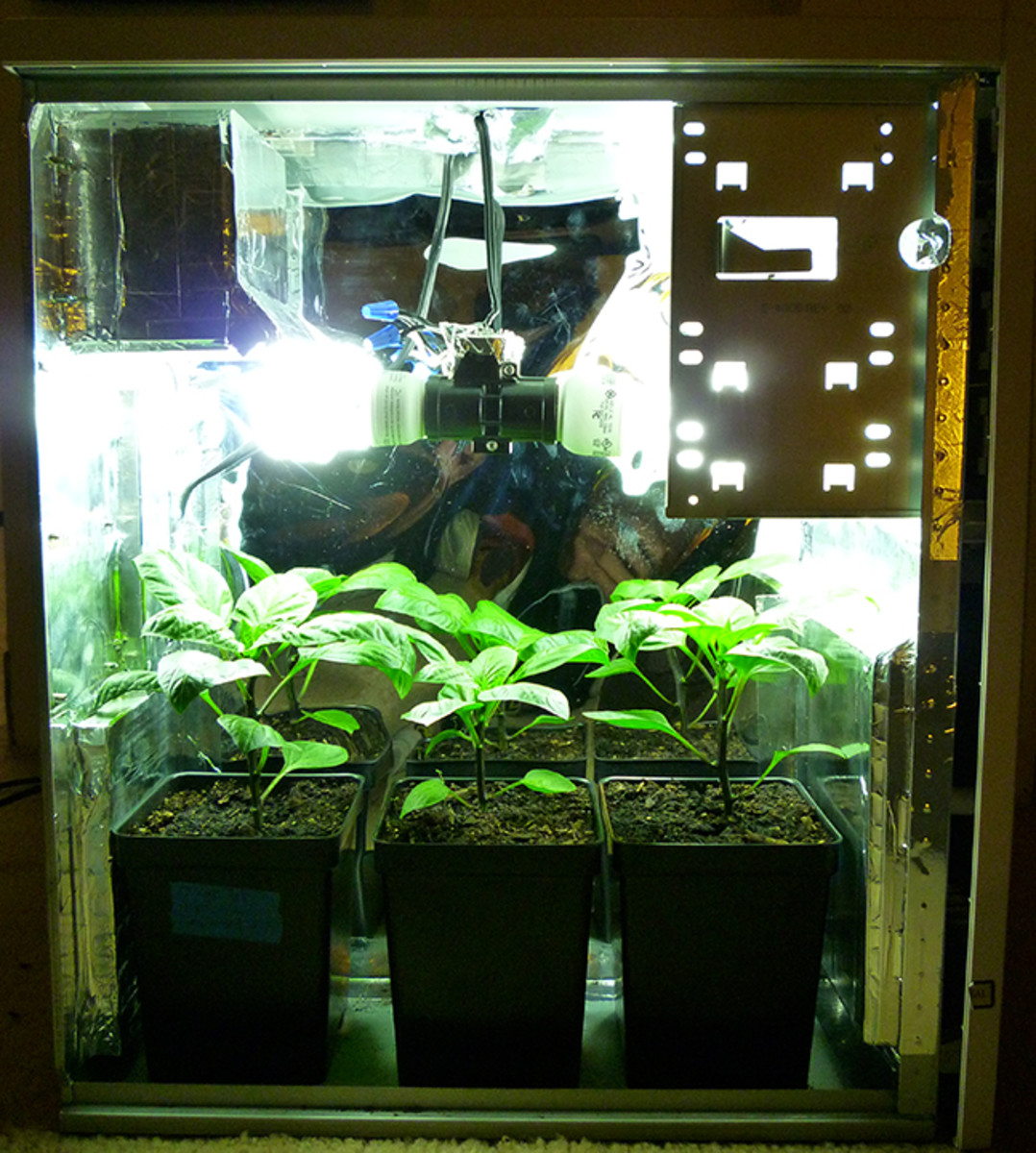A Summary of Environmental Standard ISO 14001
What Is ISO 14001?
ISO 14001 is an environmental certification by the International Standards Organization (ISO). It creates an environmental management system (EMS) parallel to the quality management system (QMS) of the ISO 9000 standard family.
ISO 14001 is the first standard of the ISO 14000 environmental management standards.
The Purpose of ISO 14001
ISO 14001 is intended to help businesses reduce pollution, use less of all types of natural resources and eliminate waste. ISO 14001 evolved from British Standard BS 7750 and replaced BS 7750 in 1996.
Using less of any resource is the goal of ISO 14001. Re-use and recycling are considered the next best options under ISO 14001, while burning waste for energy is only slightly better than sending waste of any type to the landfill.
The ISO 14000 standards describe how a business can identify their environmental impact and take action to reduce it. However, ISO 14000 standards like ISO 14001 do not set specific targets for most areas, whether it is parts per million of pollution into the air or water. Instead, waste of all types is to be minimized and its potentially negative impact on the environment reduced.
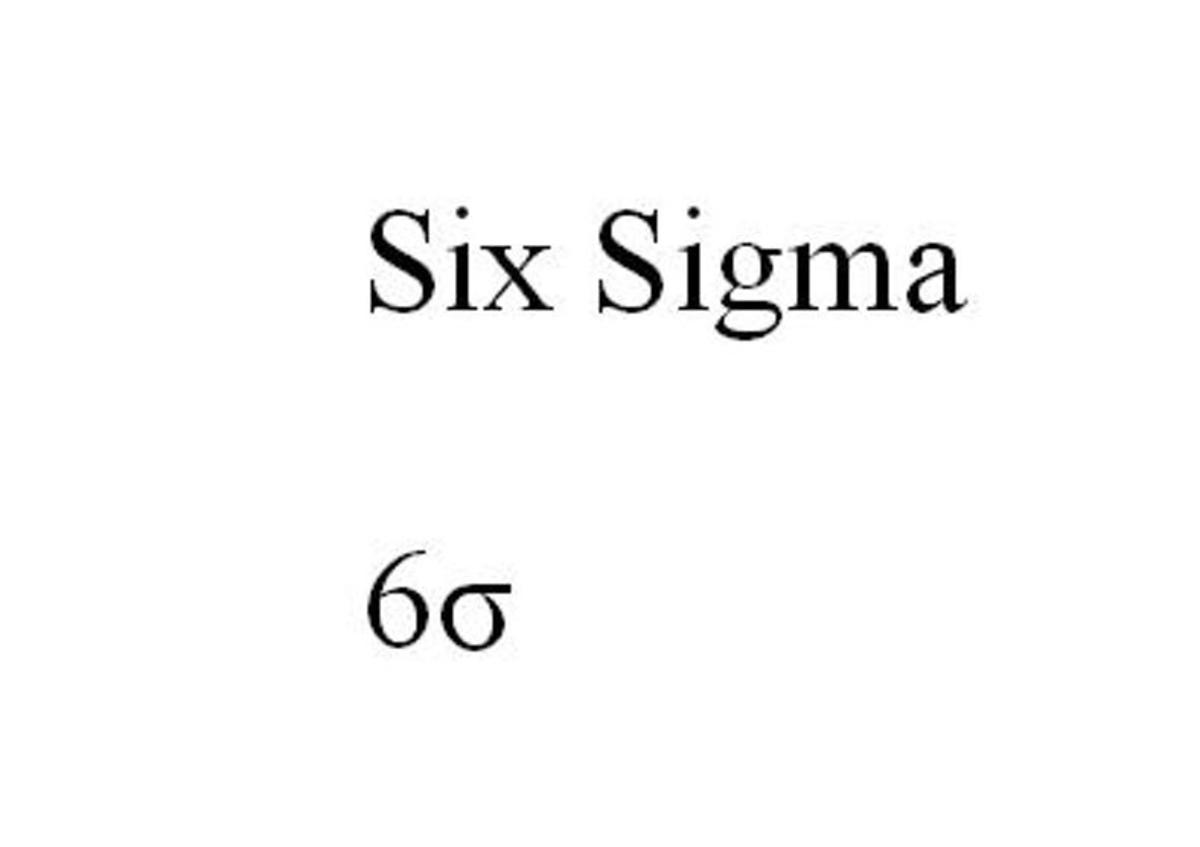
The Definition of Improvement Under ISO 14001
Improvement under ISO 14001 is measured by the waste hierarchy and the baseline numbers. Reduction in resources used to create a product is considered an improvement. Shifting from producing toxic waste to non-toxic waste is an improvement.
Changing processes so that material is re-used instead of thrown away is an improvement. Installing a trash incinerator counts is an improvement under ISO 140001. It is considered an improvement over the landfill since the energy is recovered from the waste.
Expanding the EMS to include more manufacturing processes, other manufacturing sites and enforcing ISO 14001 on previously non-compliant suppliers also counts as improvement under ISO 14001.
Selling waste materials to someone who can use it constitutes an improvement, such as selling waste coffee grounds to a fertilizer company instead of throwing them away or selling leftover cooking grease to a diesel refiner.
ISO 14001 uses quality management system principles to track waste production and its fate. Quality improvement methodologies like lean engineering and Six Sigma can be used to meet ISO 14001 though the standard doesn't specify how businesses should seek to reduce their waste or its environmental impact.
The Law and ISO 14001
ISO 14001 is entirely voluntary and is not the law in any nation as of 2018. However, ISO 14001 certification may be favored by local governments when giving out contracts. And ISO 140001 can be legally required when accepting a supplier contract. Meeting the environmental standards of very environmentally friendly and "green" nations can make meeting ISO 14001 simply a matter of asking for the certification.
History of the ISO 14001 Standard
The latest approved version of ISO 14001 was released in 2015. The prior version came out in 2004.
Related Standards
ISO 14004 provides recommendations on how to meet standard ISO 14001. ISO 14031 describes how to perform an environmental performance evaluation. ISO 14050 outlines the terminology used in the ISO 14000 standards family.
ISO 14064 gives the ISO approved process for measuring and quantifying greenhouse gas emissions by a site or process. ISO 14005 gives guidelines on how to phase in an environmental management system as well as how to implement an EMS in a small business.
This article is accurate and true to the best of the author’s knowledge. Content is for informational or entertainment purposes only and does not substitute for personal counsel or professional advice in business, financial, legal, or technical matters.

